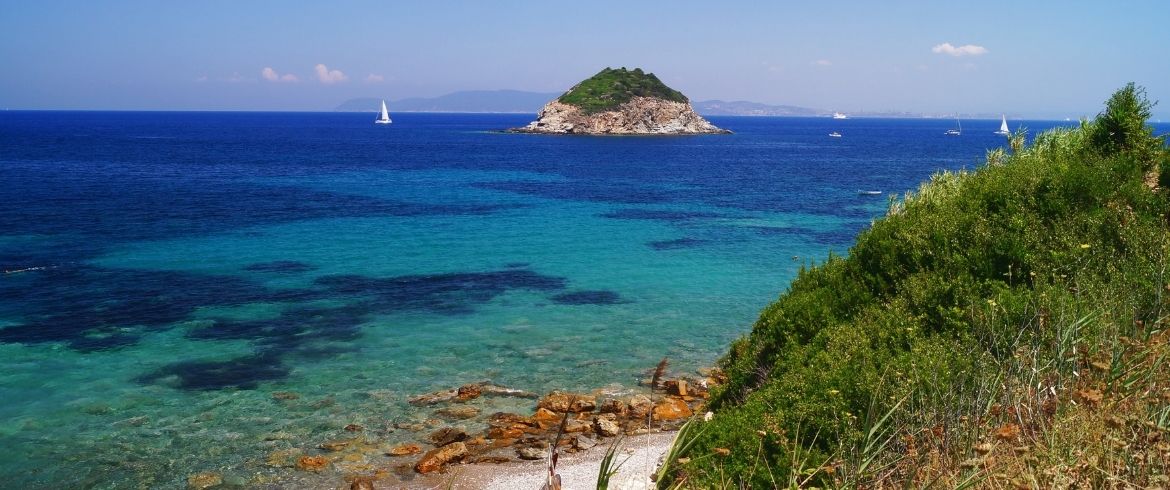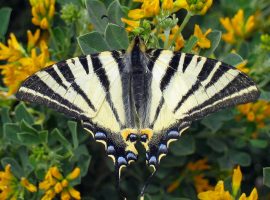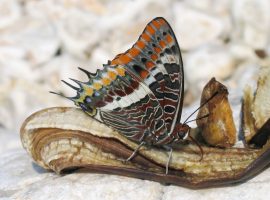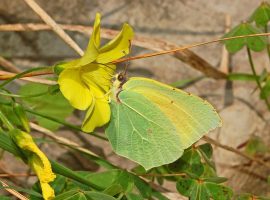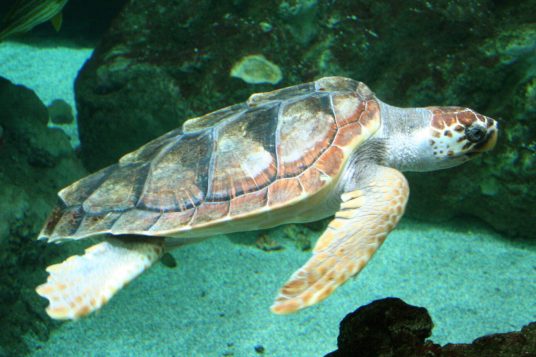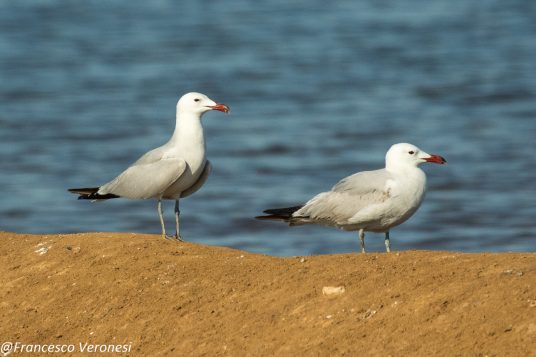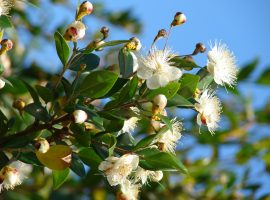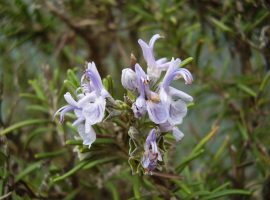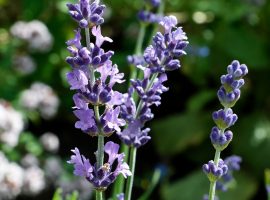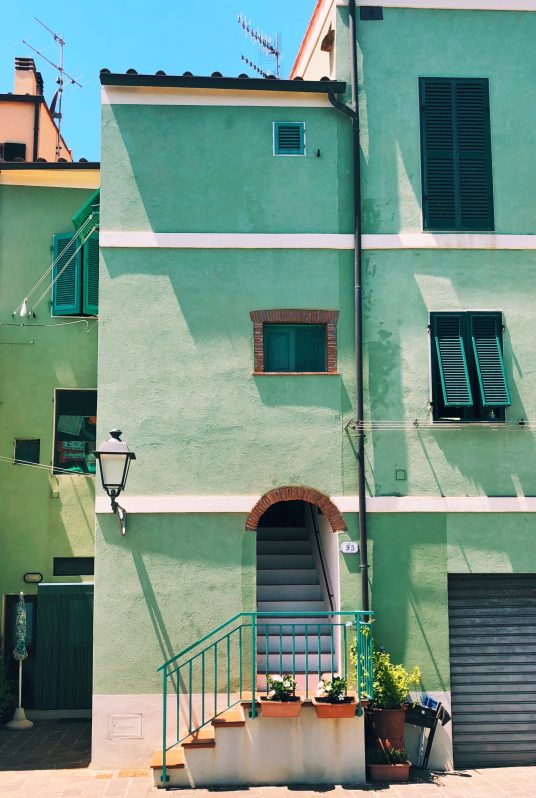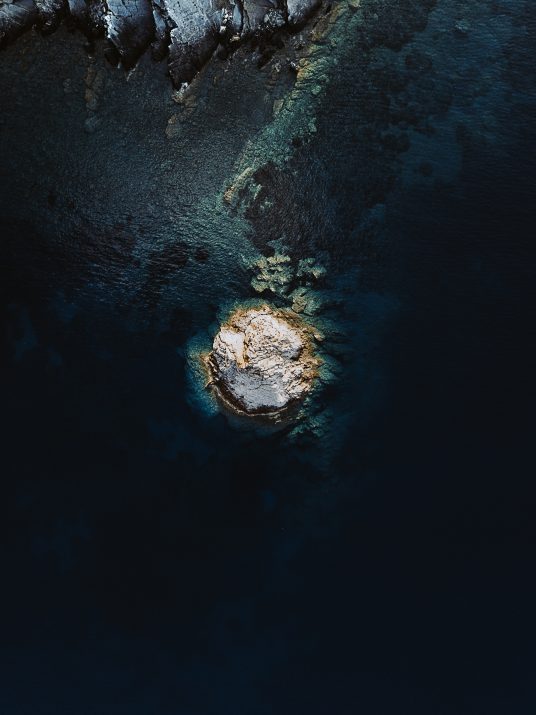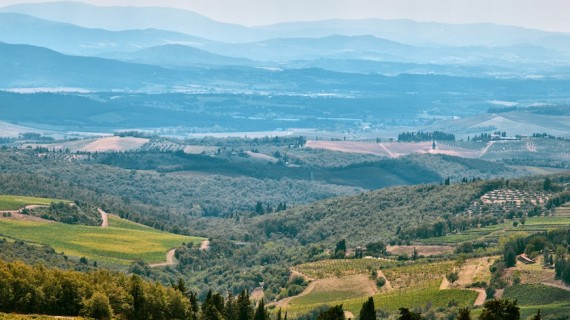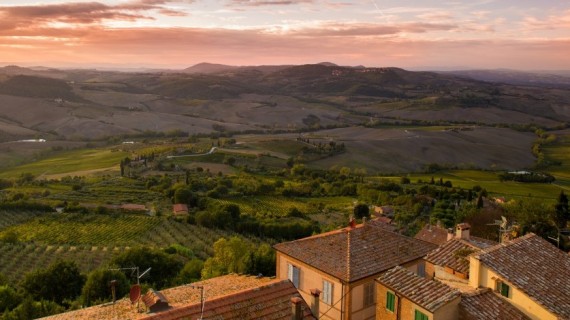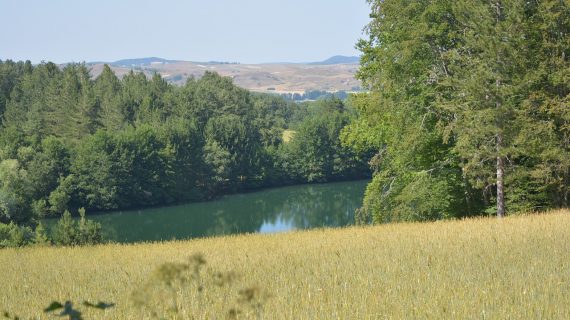Among the islands of the Tuscan Archipelago lies one of the most exciting national parks to visit in Italy. The Tuscan Archipelago National Park was established in 1996 and includes the 7 largest islands, bathed by the Tyrrhenian Sea and the Ligurian Sea, between the coasts of Tuscany and Corsica.
Each island hides secrets and natural pearls that you can visit. The biodiversity in this archipelago is extremely high and preserved. There is no shortage of endemic species, the true naturalistic interest of the Tuscan Archipelago.
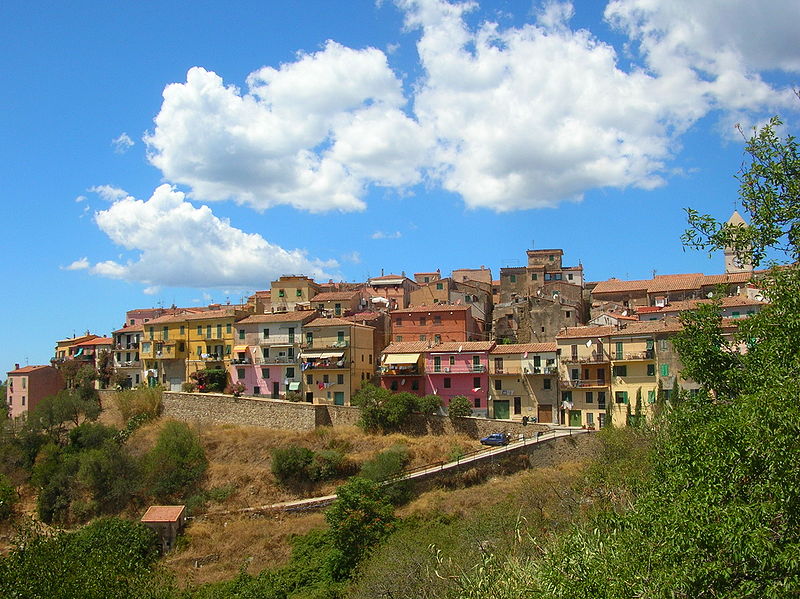
What to see in the Tuscan Archipelago National Park
The seven major islands of the archipelago (Gorgona Island, Capraia Island, Elba Island, Pianosa Island, Montecristo Island, Giglio Island, Giannutri Island) are known by all for being magical places to visit. The major islands are rich in artefacts that testify to the presence of man since prehistoric times. The fabulous Mediterranean climate has favored the succession of ancient populations up to today.
For lovers of marine biology, the Tuscan Archipelago is a destination not to be missed. The surrounding waters are home to numerous marine mammals of all shapes and sizes.
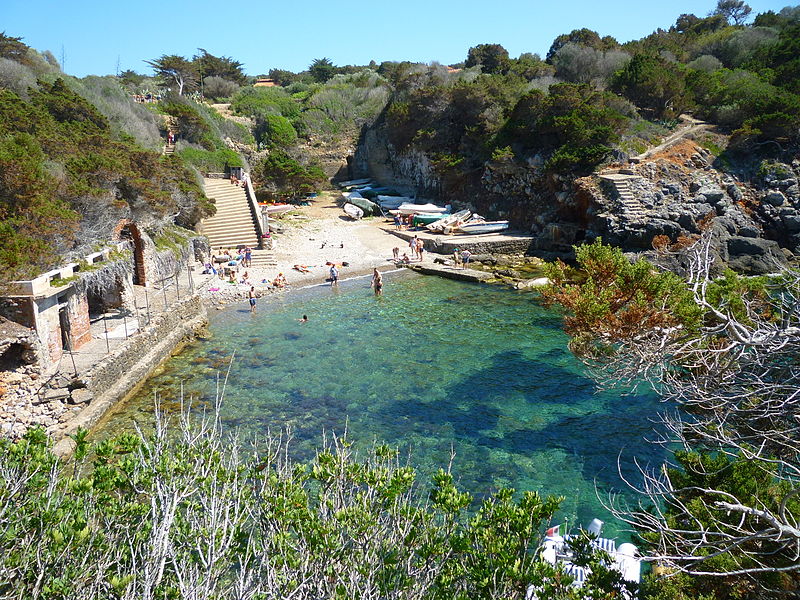
Fauna you can meet
The Tuscan Archipelago National Park is an important biodiversity hotspot and nesting centre for many marine species. All the islands are home to endemic species, which is why this huge national park was established in 1996 to protect and protect them.
The International Cetacean Sanctuary
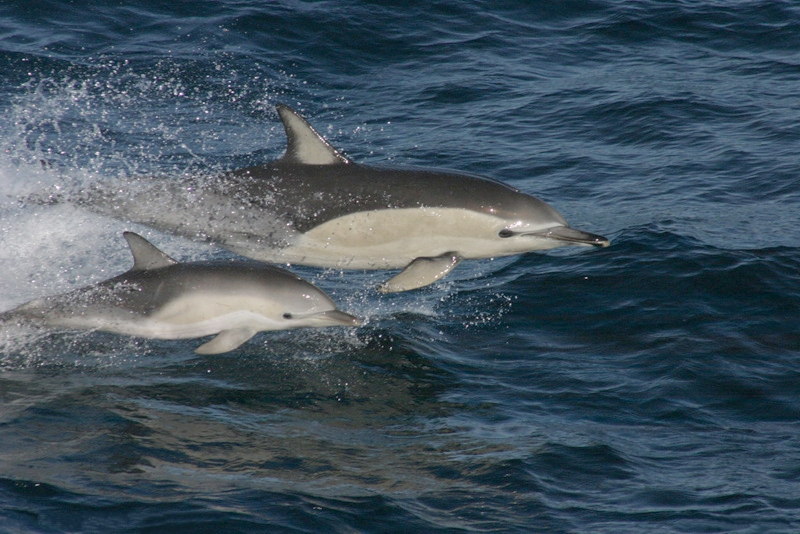
For lovers of marine biology, the Tuscan Archipelago is a destination not to be missed. The surrounding waters are home to numerous marine mammals of all shapes and sizes. The Tuscan Archipelago National Park is part of the territory of the International Cetacean Sanctuary, established in 1999, a place where these marine mammals are protected and their habitats protected from anthropogenic action. In summer, thanks to the massive presence of plankton in the waters of the 96 thousand hectares that make up the Cetacean Sanctuary, these animals become regular visitors. It is possible to observe species such as the fin whale, the common dolphin, the pilot dolphin, the dolphin, the sperm whale and the bottle-nosed dolphin. When, during navigation, a cetacean is sighted it is good to follow some important rules of behaviour: do not disturb the animals by keeping your distance and moderate the cruising speed. It is very important not to touch the animals for any reason. Respect for animals and the environment is very important when sailing!
The sanctuary of the Butterflies
On the Island of Elba, it is possible to visit another very interesting place from a biological and biodiversity point of view: the Butterfly Sanctuary. Established in 2009 in memory of Ornella Casnati, the route winds for two kilometers starting from the picnic area of Monte Perone.
This sanctuary hosts about 50 species of butterflies, some of which are endemic to the islands of the archipelago, such as Polissena, found after an absence of almost seventy years, the Cleopatra butterfly, the Tecla della endemic species Lycaeides Villai and Coenonympha Corinna, and finally the Two-tailed pasha, the Scarce swallowtail and Macaone.
- Scarce swallowtail – Author: Tbc; Source: Wikimedia
- Two-tailed pasha – Author: Harald Süpfle; Source: Wikipedia
- Cleopatra butterfly – Author: Hectonichus; Source: Wikipedia
Birdlife of the Tuscan Archipelago National Park
The Tuscan archipelago is one of the main nesting sites of the Corsican gull, small in size and with a red beak and black tip. This bird is typical of the Mediterranean area and the Italian coasts record the presence of 800-900 pairs every year. In winter, this bird migrates south, aiming for Africa. The Corsican gull is a species close to threat and as such, it is protected and the nesting sites are protected from the presence of man. This bird does not like the presence of man, unlike other species of seagulls.
- Sea turtle – Author: Strobilomyces; Source: Wikipedia
- Corsican gull – Author: Francesco Veronesi; Source: Wikipedia
On the coasts of the islands of the archipelago, it is possible to encounter nesting sites for sea turtles. It is very important not to disturb these animals and to report to the Coast Guard the discovery of a site, identifiable with characteristic traces on the sand. By promptly alerting the authorities, it is possible to save up to 100 specimens. Tourists must be careful and help the bodies responsible for the protection of this beautiful animal.
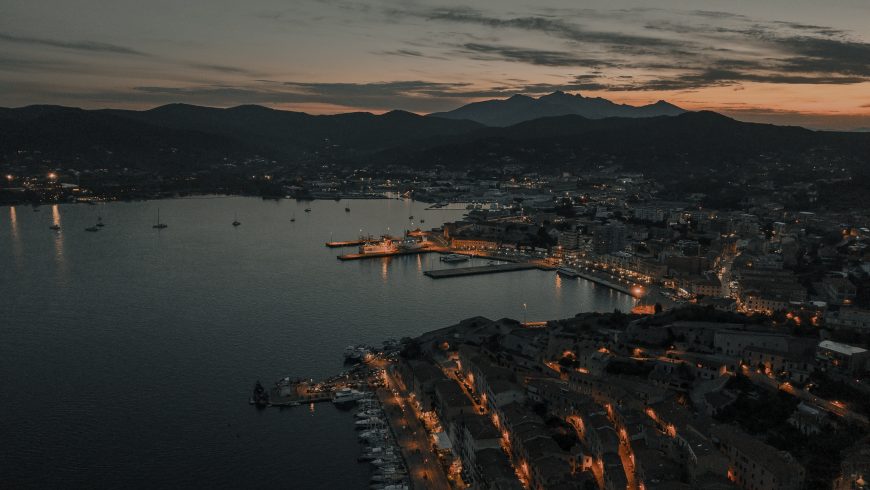
Flora of the Tuscan Archipelago National Park
The islands of the Tuscan archipelago are covered with Mediterranean flora. This condition is favoured by the climate and the island’s geography. Typical plants are brooms, holm oak, and chestnut woods, strawberry trees, juniper, myrtle, rosemary, and lavender. Some endemic species of the area are Capraia mint, Capraia orchid, Giannutri Limonio, and Pianosa Limonio.
- Myrtle – Author: Forest & Kim Starr; Source: Wikipedia
- Rosemary – Author: RockPoetry.; Source: Wikipedia
- Lavander – Author: RockPoetry.; Source: Wikipedia
Local Food and Organic Specialities
The gastronomic tradition of the islands of the Tuscan Archipelago has its roots in agriculture and fishing. Many seafood dishes accompanied by richly seasoned vegetables.
On the Island of Elba, it is possible to see the tuna traps, and the inhabitants often fish. Some typical dishes are stockfish alla Riese and gurguglione – a vegetable stew – and spaghetti with Margherita sauce, the local name for spider crab.
In the Easter period, engaged couples exchange ceremito and sportella, typical sweets of the Island of Elba. An island tradition that still survives today.
Very similar to the Sienese panforte, on the island of Giglio during the holidays, you can find the panficato, made from sun-dried figs and grapes on granite slabs. To prepare this dessert it takes two days of processing. A real delicacy for all palates. On the Island of Elba, on the other hand, the schiaccia briaca is prepared during the Christmas period, a dessert that contains wine and alchermes.
- Author: Giuseppe Mondì; Source: Unsplash
- Author: Patrick Langwallner; Source: Unsplash
Where to sleep green near the Tuscan Archipelago National Park
La Tuja
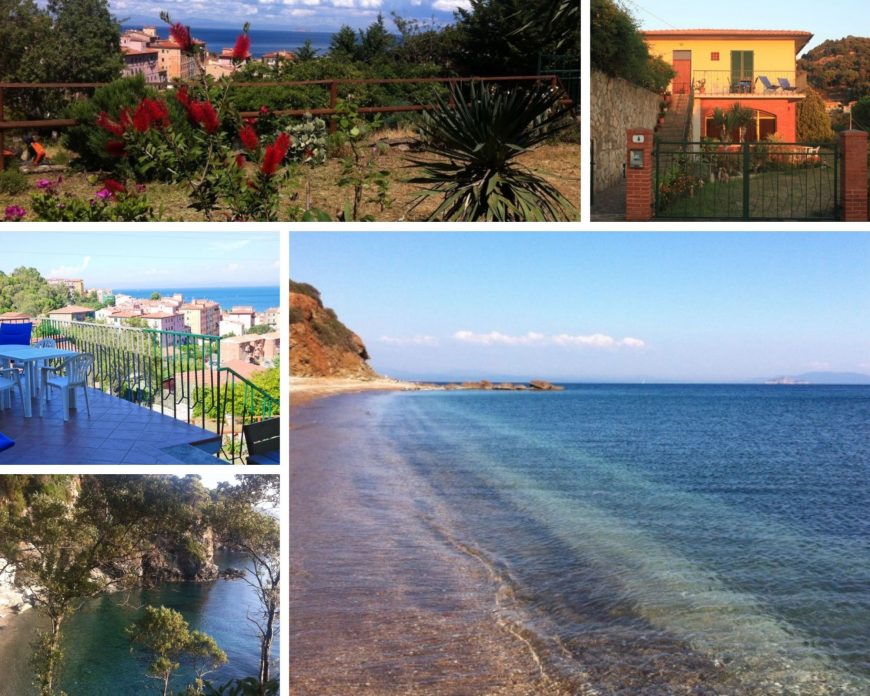
In Rio Marina, on the Island of Elba, hidden among the wildest beaches of the Tuscan archipelago, you can find a pearl of rare beauty: the ecological house La Tuja. It stands out for the splendid welcome and hospitality that only family management can give. The rooms for rent are located inside a house that has just been renovated following the criteria to make it a truly green home. The rooms have a private bathroom, the splendid kitchen shared with the other guests will allow you to socialize.
There is a beautiful library available to guests, you can borrow all the books you want. From La Tuja you can walk to the beautiful Marina di Gennaro beach.
Hotel Montemerlo
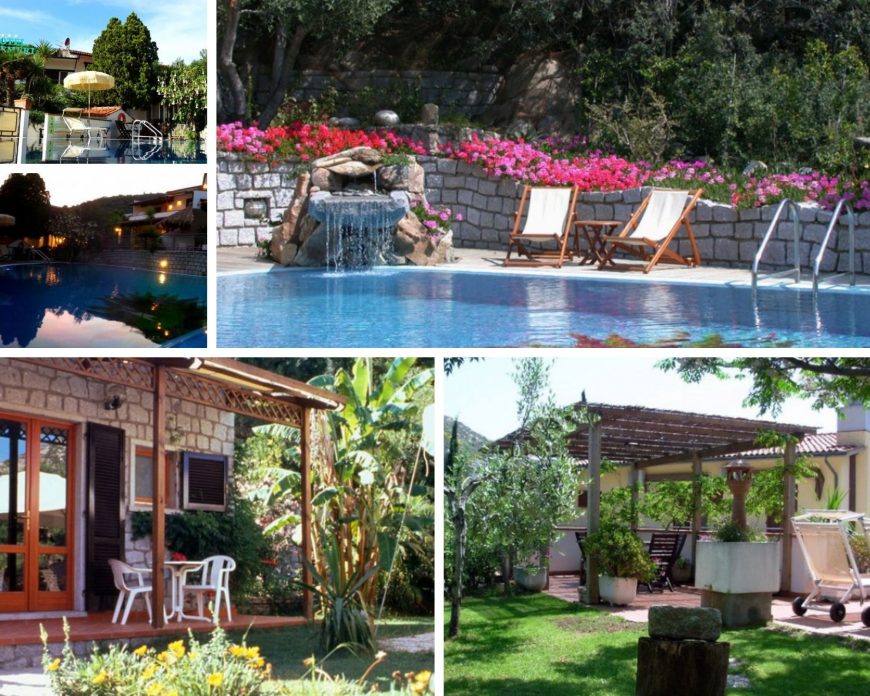
The Montemerlo eco-hotel is located in a Mediterranean setting in the green heart of the Bay of Fetovaia, on the Island of Elba.
The hotel is surrounded by nature to allow you to disconnect from city life and recharge your batteries. The hotel has a restaurant, whose chef offers traditional Tuscan and Elban dishes. The splendid porch and the magnificent pergolas of the garden will keep you cool during your days between a dip in the pool and an aperitif in the shade.
The best excursions in the Tuscan Archipelago National Park

The Archipelago Toscano National Park is dotted with trails dedicated to hiking. Along these roads, you can enjoy the immense beauty of the park and the surrounding nature. Many of these routes are only recommended for those with some experience and a sense of direction. Others require preparation by experienced hikers. Before setting off on the adventure, check that you are well equipped and inform yourself well about the travel times of the trails.
Great Elban Crossing (GTE)
The itinerary of the Great Elban Crossing is the one that best represents the paths of the Island of Elba. It is a very long route, divided into 4 stages of about 20 kilometres each. It connects most of the island’s trails and allows you to appreciate the geological variety and biodiversity present on the island. The route is classified as level E (hiking) and near Monte Capanne it forks leading to two different destinations. The first fork leads to Patresi, while the other to Pomonte. The first route is almost 58 km long and the second 50 km.
Laps:
- 1. Cavo – Porto Azzurro 17.75 km, with an average travel time of 8 hours 05 minutes
- 2. Porto Azzurro – Procchio 20.56 km, with an average travel time of 6 hours 55 minutes
- 3. Procchio – Poggio 11.84 km, with an average travel time of 5 hours
- 4A. Poggio – Patresi 16.28 km, with an average travel time of 8 hours 10 minutes
- 4B. Poggio – Pomonte 9.26 km, with an average travel time of 4 hours 40 minutes.
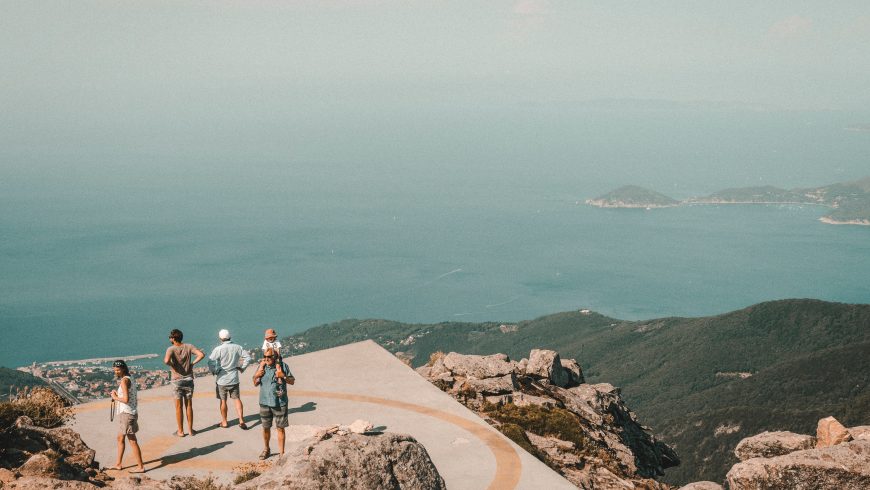
Curiosity
Like any spectacular place, the Tuscan Archipelago is surrounded by myths and legends. A legend tells of the birth of the islands of the Archipelago. The wonderful goddess of love and beauty, Venus, owned a beautiful pearl necklace.
One day, Venus was adjusting her necklace and the precious jewel broke. Seven pearls fell into the sea, giving rise to the seven beautiful islands of the Tuscan archipelago.
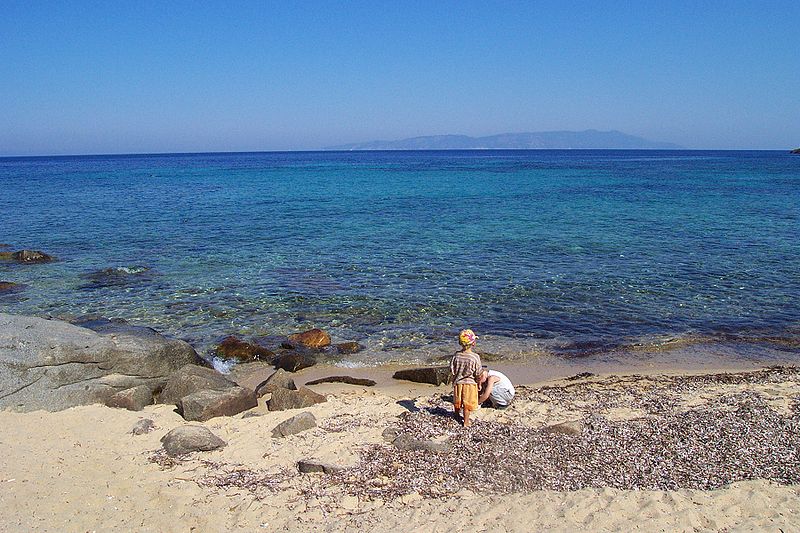
A magical place, with mythological origins, a must-visit!
Cover image: Author: Thhe; Source: Wikipedia
